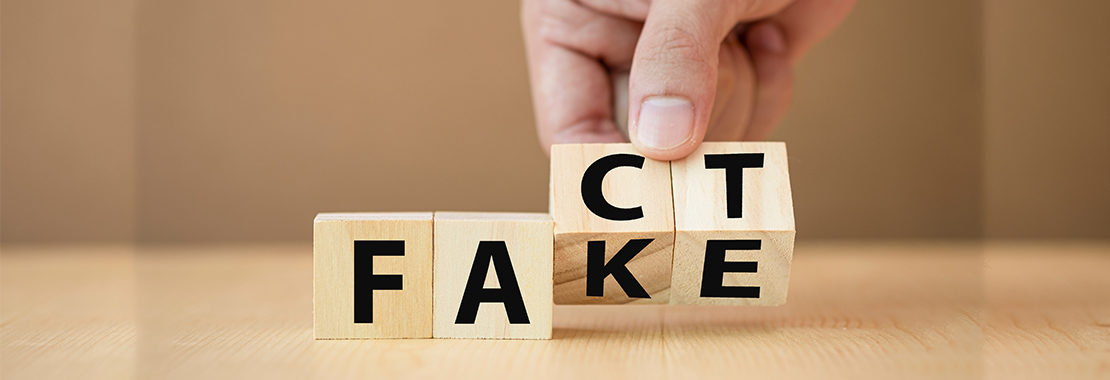Author: Professor Sherri Singer
We began a unique honors experiment in back in the Fall of 2017.
Twenty students were admitted and given an in depth experience including:
- lunches with the college president,
- attending high level campus events, and
- discussion-based classes and research projects that spanned politics, history, communications and critical thinking.
Informed Citizenship
These students are a challenge to keep up with and the highlight of my days. That first fall we talked about informed citizenship. Did my students read the news? Did they skim the headlines? Did they really read the news? While I was challenging them to read the news and be informed, they asked me two critical questions;
- “Do you correct fake news on social media?
- Do you expect your “friends” to be accurate and responsible?”
Those questions stopped me in my tracks, I hadn’t been correcting friends. And when challenged by students to do the right thing, I did.
I began the experiment in class, showing things that popped up on my feed and my attempts at correcting the news. I began by posting comments with “it’s fake” and a link proving it. The first few months, I received a lot of apologies or was simply ignored. As the months went by, I saw comments like, “I’m sure Sherri will correct me” and received private messages from people saying, “I’m so glad you did that, I don’t like calling people out.” Did the social experiment work? Yes, to a degree, I saw peoples’ shares change. Did it change my classroom? Definitely.
No matter what course I’m teaching, we now discuss fake news and social media, and we generate news. Students need pushing to read news articles and they need the experience of writing the news. The balance between correct information, detailed reporting and word limits is a fine line. Concise, accurate reporting that provides a balanced viewpoint is difficult. Helping students understand the constraints and assigning mini assignments around the news makes all the difference.
Fake News Resources
There are a variety of resources that can help faculty teach and test students on the news. Below are some of my favorites.
- Voila “Factitous” is a swipe quiz that works great with cell phones. The quiz has several difficulty levels.
- Fake It to Make It is an educational game to illustrate how money is made with fake news and to students understand the process.
- The Fake News Generator is a website that allows students to see how easy it is to create fake news and has an online template, so they can create their own.
One of my best assignments is to have students “Tweet” within a Wiki about a topic. Their tweets must meet the character guideline and be accurate. It’s harder than you think sometimes.

